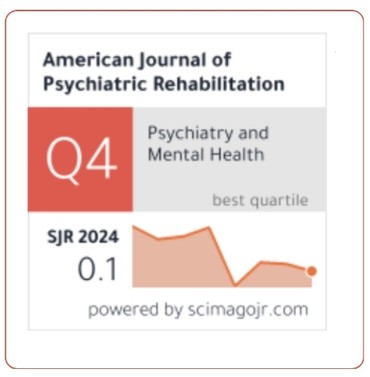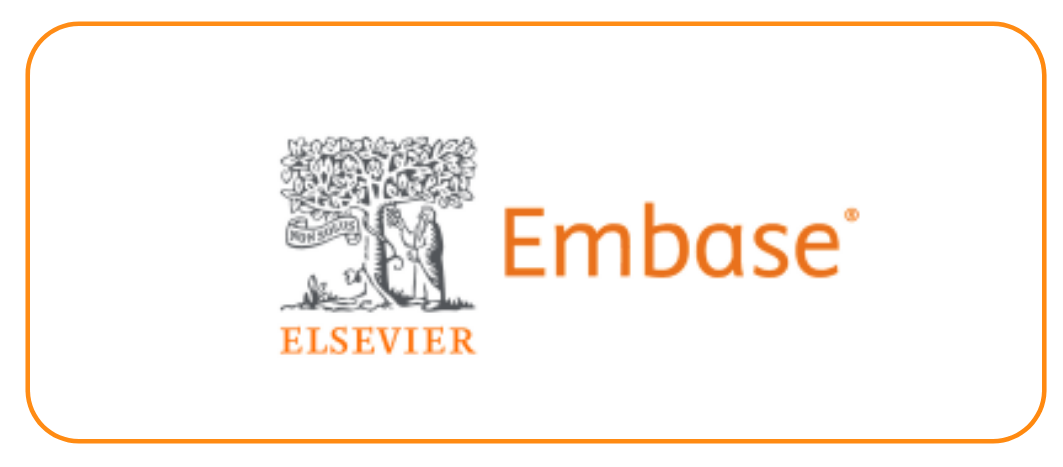Automated Brain Tumor Detection And Localization Using YOLO-Based Deep Learning Algorithm
DOI:
https://doi.org/10.69980/ajpr.v28i5.356Keywords:
Brain tumor detection, deep learning, image processing, MRI, YOLOv11Abstract
Classifying brain diseases is a very difficult task because of their complexity and sensitivity. Developing an efficient treatment plan calls for early detection and diagnosis since brain tumors are severe and occasionally fatal. A key medical imaging tool, magnetic resonance imaging (MRI) enables the thorough, non-invasive view of the internal structures of the brain. Magnetic resonance imaging (MRI) is essential for diagnosing and treating brain tumors. Beginning with dataset preprocessing, the approach is applicable to MRI scans and clinical data from individuals with various brain disorders, including tumor and non-tumor cases. The dataset consists of training and testing sets. Detecting MRI tumors calls for several procedures including feature extraction, classification, and image post-processing. The system uses the YOLO (You Only Look Once) algorithm with the CNN model, a pre-trained model using the concept of transfer learning, for classifying and detecting brain tumors. The proposed framework not only improves the performance of training a better model by using the pre-trained model but also refines the dataset for better accuracy by using thresholding and increases the number of images in the dataset by using data augmentation. Early results indicate that the family of YOLO models outperforms earlier architectures since it uses a compound coefficient with a constant ratio to scale all depth, width, and resolution of an image. The findings also showed that by increasing the baseline architecture, the model can capture complex features, and thus the overall performance of the system is significantly improved.
References
[1] Mohsen, Saeed, et al. "Brain Tumor Classification Using Hybrid Single Image Super-Resolution Technique with ResNext101_32x8d and VGG19 Pre-Trained Models." IEEE Access (2023).
[2] Solanki, Shubhangi, et al. "Brain Tumor Detection and Classification using Intelligence Techniques: An Overview." IEEE Access (2023).
[3] Shah, S. Muhammad Ahmed Hassan, et al. "Classifying and Localizing Abnormalities in Brain MRI using Channel Attention Based Semi-Bayesian Ensemble Voting Mechanism and Convolutional Auto-Encoder." IEEE Access (2023).
[4] Ferdous, Gazi Jannatul, et al. "LCDEiT: A Linear Complexity Data-Efficient Image Transformer for MRI Brain Tumor Classification." IEEE Access 11 (2023): 20337-20350.
[5] Ramprasad, M. V. S., Md Zia Ur Rahman, and Masreshaw D. Bayleyegn. "SBTC-Net: Secured Brain Tumor Segmentation and Classification Using Black Widow with Genetic Optimization in IoMT." IEEE Access (2023).
[6] Mohammed, Yahya MA, Said El Garouani, and Ismail Jellouli. "A survey of methods for brain tumor segmentation-based MRI images." Journal of Computational Design and Engineering 10.1 (2023): 266-293.
[7] Kazerooni, Anahita Fathi, et al. "The Brain Tumor Segmentation (BraTS) Challenge 2023: Focus on Pediatrics (CBTN-CONNECT-DIPGR-ASNR-MICCAI BraTS-PEDs)." ArXiv (2023).
[8] Chang, Yankang, et al. "Dpafnet: A residual dual-path attention-fusion convolutional neural network for multimodal brain tumor segmentation." Biomedical Signal Processing and Control 79 (2023): 104037.
[9] Moawad, Ahmed W., et al. "The Brain Tumor Segmentation (BraTS-METS) Challenge 2023: Brain Metastasis Segmentation on Pre-treatment MRI." ArXiv (2023).
[10] Peng, Yanjun, and Jindong Sun. "The multimodal MRI brain tumor segmentation based on AD-Net." Biomedical Signal Processing and Control 80 (2023): 104336.
[11] Madhan, S., & Kalaiselvan, A. (2024). Omics data classification using constitutive artificial neural network optimized with single candidate optimizer. Network: Computation in Neural Systems, 1–25.
Downloads
Published
Issue
Section
License
Copyright (c) 2025 American Journal of Psychiatric Rehabilitation

This work is licensed under a Creative Commons Attribution 4.0 International License.
This is an Open Access article distributed under the terms of the Creative Commons Attribution 4.0 International License permitting all use, distribution, and reproduction in any medium, provided the work is properly cited.









